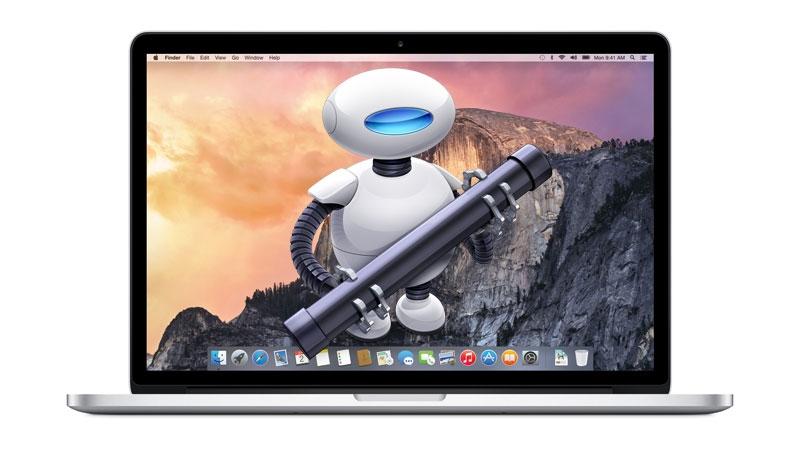TrueDepth camera
The TrueDepth camera is a special type of camera on the front of the latest iPhones and iPads that allows the device to see depth. This camera is used for portrait selfies, Animoji, facial recognition with Face ID and much more. In this explanation we explain how the TrueDepth camera works.
- devices
- Components
Which iPhones and iPads have a TrueDepth camera?
Apple announced the TrueDepth camera during the introduction of the iPhone X in 2017. Since then, it has become a permanent part of the iPhone. The iPad Pro has also had a TrueDepth camera since 2018. If you want to know whether your device has a TrueDepth camera, the best way to determine this is whether Face ID is supported.
These devices support Face ID:
- iPhone X and newer
- iPad Pro 2018 and newer
The iPhone SE models and most iPads have Touch ID and therefore do not have a TrueDepth camera.
Where is the TrueDepth camera located and what parts are there?
The TrueDepth camera is incorporated in the black opening at the top of the screen. On iPhones this is the notch or Dynamic Island at the top of the screen. On the iPad Pro, the TrueDepth camera is incorporated into the screen edge, making it less noticeable. It can’t even really be called a camera, because it is a combination of eight (!) different parts:
- Infrared camera
- Infrared illuminator
- Proximity sensor
- Ambient light sensor
- Speaker
- Microphone
- 7-megapixel camera (12-megapixel on iPhone 11 series)
- Raster projector

The ‘normal’ camera in the TrueDepth camera is therefore a 7 or 12 megapixel camera, which is in fact identical to previous iPhones. You can take selfies and make FaceTime calls with it. The many other sensors make the difference. These make FaceID possible because the TrueDepth camera can see depth much better, even in the dark thanks to infrared. Thanks to smart software, it is determined whether you are. You can read more about Face ID and facial recognition in the article below.
However, you can also use that technology for other purposes, such as portrait mode and portrait lighting. Because the TrueDepth camera can see depth, this functionality can be brought to the front camera.

Because the advanced front camera is designed to analyze a face (for Face ID it captures 30,000 points of your face), the camera even offers possibilities that the camera on the back of your iPhone does not offer. For example, Apple introduces Animoji in iMessage, which are moving emojis that perfectly copy your facial expressions.
Snapchat can also scan your face much better for the masks that you can put on thanks to Snapchat Lenses. This function works better than on any other smartphone thanks to the TrueDepth camera on the iPhone, the promise is.

The TrueDepth camera consists of a dot projector, a flood illuminator and an infrared camera. All these parts are made by different suppliers, after which they are assembled into one camera system by LG Innotek and Sharp.
The dot projector projects 30,000 dots onto the user’s face to recognize contours and create a 3D depth map. The projector consists of a vertical cavity surface-emitting laser of gallium arsenide and a glass lens.















